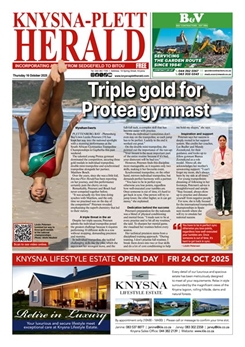BUSINESS NEWS - In setting the tone for his address to parliament on Wednesday, finance minister Malusi Gigaba said that he would be presenting “a tough, but hopeful budget”, with “difficult, but necessary trade-offs”.
Nothing would have been more difficult for National Treasury than the decision to raise the value-added tax (VAT) rate by 1%.
“I think that we had reached a point where they’ve tinkered with almost every other tax option except VAT, and they now had to do it,” says PwC economist, Christie Viljoen.
“It’s unfortunate because it does affect lower income earners, but they have tried to mitigate that through higher social grants and relief for lower tax brackets.”
The acting head of Absa Asset Consultants, Kwaku Koranteng, says that the increase shows a recognition from government that it has run out of other levers to pull.
“If you look at the last few years, tax increases have been aimed at higher income earners, but that part of the population is now quite saturated,” he says.
“VAT hasn’t been increased since 1993 and is below the global average. It’s also easiest and most efficient way of increasing revenue.”
Given that Treasury needed to raise significant additional revenue to meet the budget shortfall, VAT was the only place left to look.
“Raising VAT is not an option they would have got too easily, but if you need to raise R36 billion of revenue, you have to look at one of the three big taxes – personal income tax, company income tax or VAT,” points out the co-head of fixed income at Investec Asset Management, Nazmeera Moola.
“Together those make up 80% of government revenue.”
However, given that it had already hiked personal income taxes over the last two years, government had run out of leeway for anything further there.
“Despite the tax increases, they collected much less than they expected last year, so they believe that the opportunity to raise further revenues from hikes in personal income tax was limited,” Moola explains.
















